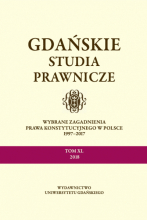
We kindly inform you that, as long as the subject affiliation of our 300.000+ articles is in progress, you might get unsufficient or no results on your third level or second level search. In this case, please broaden your search criteria.


The subject of the paper is the notion of redundancy, which in the text of law may be perceived both from systemic point of view and linguistic perspective. Within systemic standpoint, the paper focuses on superfluum issue, which occurs when one provision is repeated by another legal provision (full superfluum) and when part of one provision becomes „new” provision (or its part) in the same or another legal text (partial superfluum). These manifestations of systemic redundancy are not always results of legislative mistakes (as might be noticed during analysis of selected examples of superfluum derived from Polish legal texts), but the evaluation of each case of superfluum depends on criterions, which in Polish legal system are incomplete and imprecise. In the second part, the paper discusses one kind of linguistic redundancy – semantic redundancy, which appears in pleonasms, tautologies and pleonastic analytisms. It is argued here, in contrary to majority of previous descriptions of semantic redundancy phenomenon presented in linguistics and legal theory, that some redundant expressions may be useful during interpretation of legal provisions, because in certain circumstances they may have pragmatic values. These values are: enhancing meaning, specifying meaning and explicating meaning. Furthermore, in some cases aforementioned pragmatic values may be reached by context-independent redundant expressions, what has been shown basing on examples from Polish legal texts.
More...
The purpose of this paper is to describe the application of artificial neural networks in modeling legal reasoning. In particular, the paper will be focused on specific problems which may occur only on the ground of legal reasoning and are difficult from the artificial intelligence perspective. The focal point of the paper is not to provide technical details of analyzed systems but to point out parts of legal conceptual framework which are inconsistent with classical techniques of designing of expert system. Paper consists description of a few legal expert systems based on artificial neural networks. Each of them is the basis for presentation of particular feature of legal reasoning which are considered difficult from the AI point of view e.g. vague concepts, open-texture, analogy.
More...
Traditional philosophical tension between a reason and emotions has been a subject of increasing objections. As a result emotions are defended by pointing their connections with beliefs, value judgments to name just a few strategies. This paper also takes up an attempt of this sort showing that traditional definition of emotions with features of the process of application of law makes a threat from the emotions for the impartiality of a judge much less warranted than it might seem. What is more, an attempt is taken up to argue that feeling can be a chance for impartiality conceived as argumentative openness.
More...




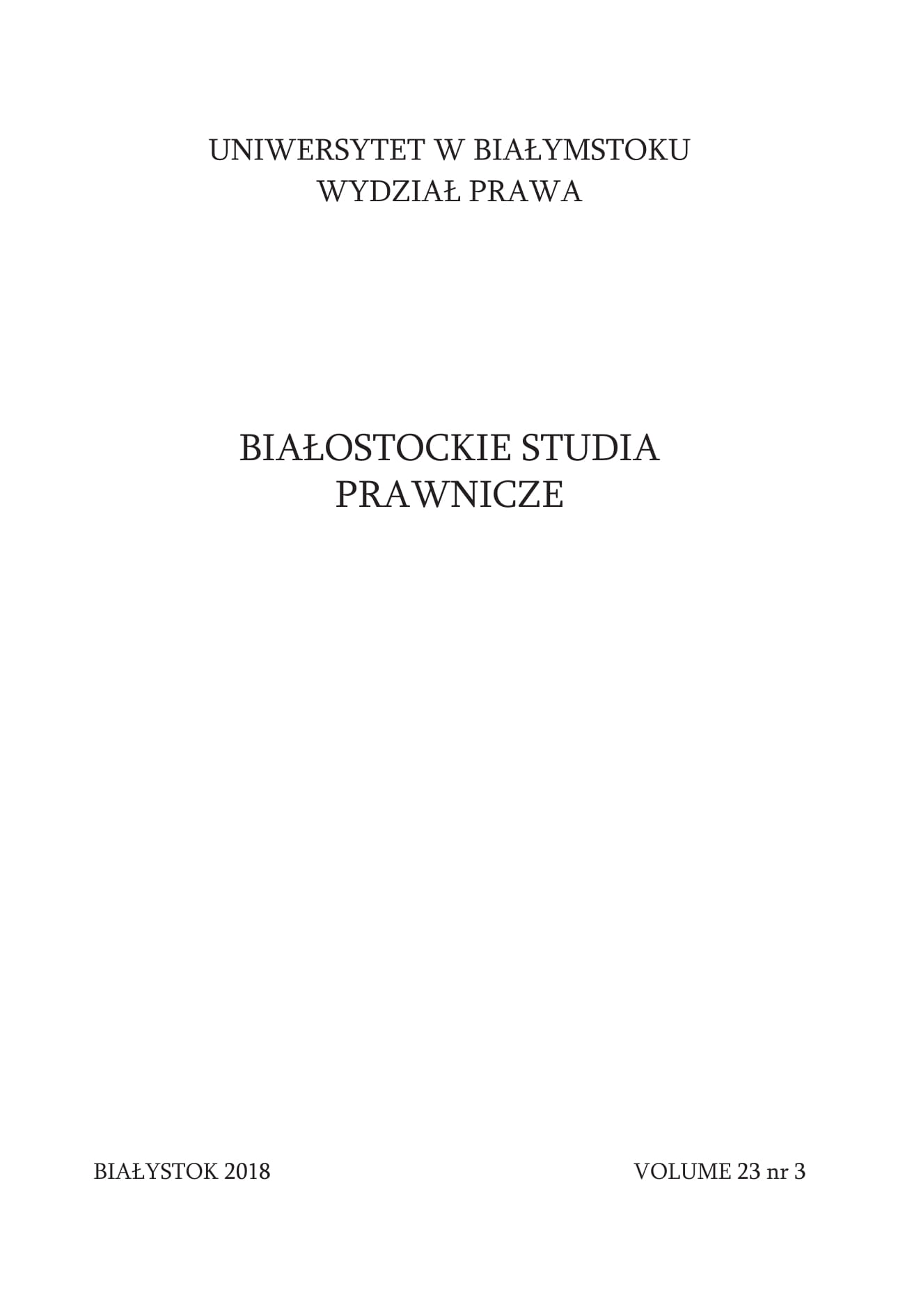
The concept of a culture of lawfulness is appealing for its aspirational and open-ended nature. However, the concept still has to prove itself as a concrete basis for action. The article argues that the practical value of that concept lies in its promise to create a fresh common narrative to support a broad range of human-rights inspired and democratically derived justice reforms. The authors reflect on what makes a culture of lawfulness possible, how it always remains fragile, and how one might recognize signs it is under attack. A culture of lawfulness is based on the genuine willingness of government officials and members of society to hold themselves and one another accountable to the law, which requires a certain level of trust and confidence in justice institutions and their ability to protect everyone from injustice and insecurity. The article emphasizes the role of justice reforms in sustaining such a culture. Law reform initiatives and the strengthening of justice institutions play a central role in fostering and shouldering a culture of lawfulness, particularly when such reforms are not limited to capacity building measures but also address the more fundamental need for greater fairness, accountability, transparency, and inclusiveness. What is a grave concern in many societies is the political failure to defend the rule of law and to proceed with the necessary justice reforms to ensure fairness, transparency, and accountability. One of the most important tasks today is to consolidate the culture of lawfulness wherever it has taken root
More...
This essay seeks to clarify what is meant by a Culture of Lawfulness (CoL), first in its original academic terms and antonym – lawlessness. The author ventures into its quintessence from a sociological perspective of criminal tribal traditions, next as the effect of conflict and post-conflict situations, and, then, as statutory lawlessness under the guise of the Rule of Law. Second, the essay considers CoL as a collateral of the 2030 United Nations Sustainable Development Agenda, introduced under its chapeau by the Thirteenth United Nations Congress on Crime Prevention and Criminal Justice (Doha, Qatar, 2015).Th ird, the author looks into the relation between the Rule of Law and economic development. Finally, he looks into the question of the advancement of a Global Culture of Lawfulness that supports the rule of law and human rights while respecting cultural identities, through intergenerational and intercultural transmission of crime prevention values in the age of migration. In this latter context, the author discusses the educational CoL challenges for immigrant children and youth.
More...
The relationship between education and peace is a complex one. The article discusses how education can be the driver of peace and Culture of Lawfulness or, if used to propagate intolerance or prejudice, it can also fuel injustice. Throughout its content, the article looks at the issue of Culture of Lawfulness through the Sustainable Development Goals (SDG), particularly from the SDG 4 perspective. The article focuses on the role education can play in advancing the Culture of Lawfulness. In particular, the article discusses the development of Global Citizenship Education (GCE) as an important tool for Culture of Lawfulness. Furthermore, the article also highlights the role of students’ social and emotional skills’, also known as non-cognitive skills, and the development through GCE teaching and learning, in their lawful behaviour. Teachers are considered key actors of change and much attention should be given to their training needs, both on the initial training level, as well as through continuous professional development.
More...
In this paper, we discuss an innovative approach to teaching integrity and ethics at university level. In particular, we discuss the University Modules on Integrity and Ethics, which the United Nations Office on Drugs and Crime (UNODC) developed under its Education for Justice (E4J) initiative. UNODC’s involvement in developing educational materials stems from the recognition that education plays a crucial role in promoting the rule of law and crime prevention. The E4J University Modules encourage lecturers from different regions and disciplines to incorporate integrity and ethics education into their programmes and courses. The paper consists of three parts. The first part introduces the new approach to global ethics education that E4J offers. The second part discusses the development of integrity and ethics modules. The third part explores their implementation and the ways in which lecturers can use the materials to promote a culture of lawfulness.
More...
The mention of “culture of lawfulness” in the Doha Declaration of the Thirteenth United Nations Congress on Crime Prevention and Criminal Justice (Qatar, 2015) prompted the United Nations Office on Drugs and Crime to develop the Education for Justice initiative, aiming to support the integration of crime prevention and the rule of law into all levels of education. This essay gives an example of how the culture of lawfulness can be promoted by teaching a tertiary-level course showing the links among the rule of law, corruption, transnational organized crime, and the need for appreciation of diverse cultures. The essay illustrates this by the case of countering of transnational organized crime, and presents the reasons for and ways to integrate discussion of the rule of law and corruption. Finally, this essay’s author argues for the need to understand and appreciate diverse legal traditions.
More...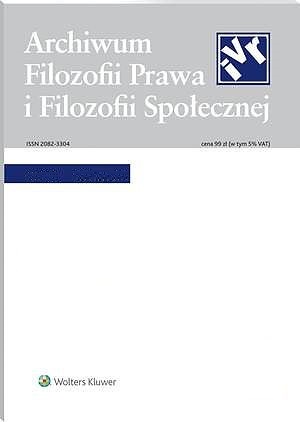

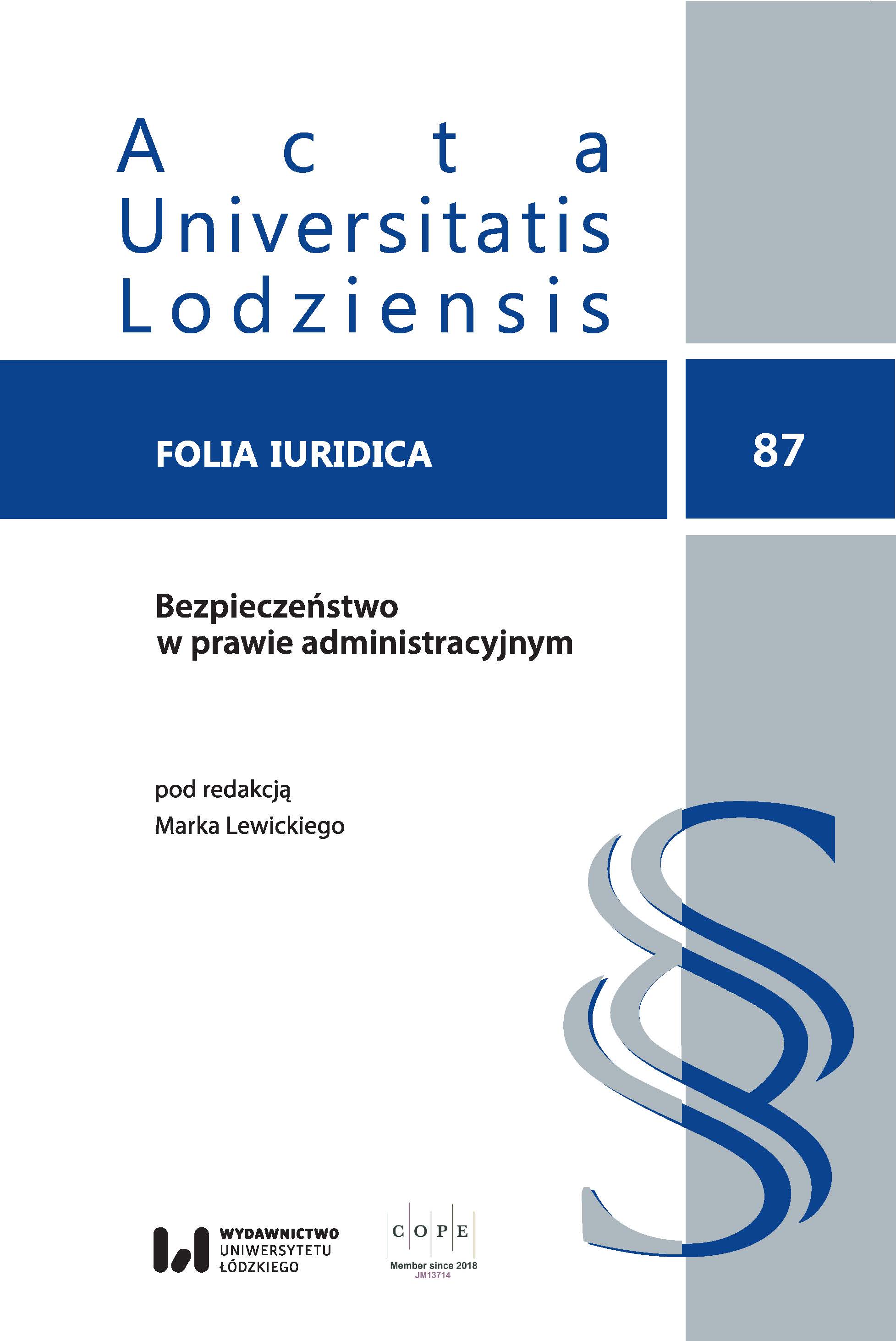
The article presents issues concerning the analysis of the nature (essence) of lies from the perspective of logical pragmatics. The conclusions were confronted with selected institutions of civil law, in order to show how law and jurisprudence perceive different forms of “lies” occurring on the basis of positive law.
More...
Law students should be able to fathom the application of legal rules to specific cases and develop a consistent argumentation to support this interpretation by using logic. Different skills and competencies are required for each of these processes. Therefore, effective learning of Law must complement the necessary knowledge of Positive Law with a set of teaching activities aimed at developing a well-structured legal discourse. Can chess be useful when deducing the general features of legal argumentation? Can we use certain positions or chess moves as a basis for the elaboration of didactic metaphors capable of creating dynamic learning environments? We shall present five chess positions in this paper, which we shall use as a teaching resource to extract ideas regarding how legal discourse is structured.
More...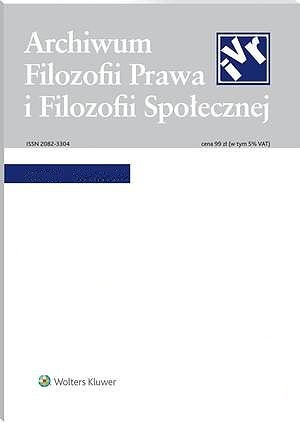
Much in recent discussions on legal positivism suggests that the controversy surrounding the notion turns on the distinction between inclusive and exclusive legal positivism. As a point of departure in distinguishing them, the separation principle is helpful. The separation principle counts as the contradictory of the morality principle, according to which there is “necessary overlap” between the law and morality. What the legal positivist’s denial of the morality principle comes to can be refined, we are told, by appealing to the distinction between inclusive and exclusive legal positivism. One can acquire a broader perspective by opening up the field in order to cover not only inclusive and exclusive legal positivism but also non-positivism, represented by the defence of the morality principle, that is the view that there is necessary overlap between the law and morality. Say what you will about inclusive versus exclusive legal positivism – some defend the distinction, others dismiss inclusive legal positivism as a non-starter. In any case, I want to argue that a far more fundamental distinction within the positivist camp lies elsewhere. The distinction I have in mind is that between legal positivism qua naturalism (J. Austin) and legal positivism without naturalism (H. Kelsen). For reasons institutional in nature, legal positivism has largely been discussed in a vacuum, there is a standing presumption to the effect that there are ties between legal positivism and ‘positivism writ large’ in the greater philosophical tradition – or, as it would be put in present-day philosophical circles, ties between legal positivism and naturalism.
More...